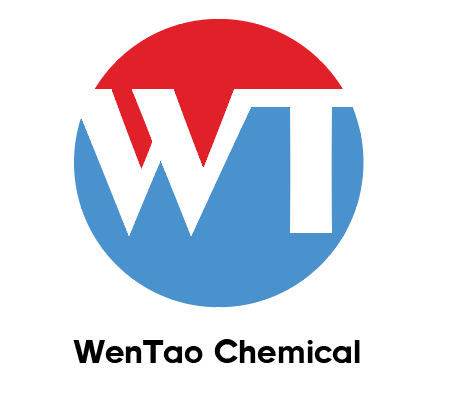288-47-1 ThiazoleCAS NO.: 288-47-1 CAS NO.288-47-1
- FOB Price: USD: 4.00-5.00 /Kilogram Get Latest Price
- Min.Order: 1 Kilogram
- Payment Terms: L/C,D/A,D/P,T/T,Other
- Available Specifications:
top grade (1-10)Kilogramtop grade (10-100)Kilogram
- Product Details
Keywords
- Thiazole
- 1,3-THIAZOLE
- FEMA 3615
Quick Details
- ProName: 288-47-1 ThiazoleCAS NO.: 288-47-1
- CasNo: 288-47-1
- Molecular Formula: C3H3NS
- Appearance: powder
- Application: Synthetic fragrances
- DeliveryTime: In stock
- PackAge: drum
- Port: China main port
- ProductionCapacity: 10000 Gram/Day
- Purity: 99%
- Storage: Room temperature
- Transportation: By sea or by air
- LimitNum: 1 Kilogram
- first class: 1-10
Superiority
Details
| Chemical Properties | colourless or pale yellow liquid with a disgusting smell |
| Chemical Properties | Thiazole has a green, sweet, nutty, tomato note. |
| Occurrence | Reported found in roasted chicken, chicken fat, boiled and cooked beef, grilled and roasted beef, pork liver, beer, cognac and other types of grape brandy, rum, coffee, roasted barley, roasted filbert, roasted peanut, soybean, popcorn, oat products, rice bran, buckwheat, malt, wort, dried bonito, crab, crayfish, Chinese quince and other natural sources. |
| Uses | Organic synthesis of fungicides, dyes, and rubber accelerators. |
| Definition | A colorless volatile liquid, a beterocyclic compound with a five-membered ring containing three carbon atoms, one nitrogen atom, and one sulfur atom. It resembles PYRIDINE in its reactions. |
| Definition | thiazole: A heterocyclic compound containing a five-membered ringwith sulphur and nitrogen heteroatoms, C3SNH3. A range of thiazoledyes are manufactured containingthis ring system. |
| Aroma threshold values | Detection: 3.1 ppm |
| General Description | Colorless or pale yellow liquid with a foul odor. |
| Air & Water Reactions | Slightly water soluble. |
| Reactivity Profile | Thioisocyanates, such as Thiazole, are incompatible with many classes of compounds, reacting exothermically to release toxic gases. Reactions with amines, aldehydes, alcohols, alkali metals, ketones, mercaptans, strong oxidizers, hydrides, phenols, and peroxides can cause vigorous releases of heat. |


 Diamondsupplier
Diamondsupplier 



